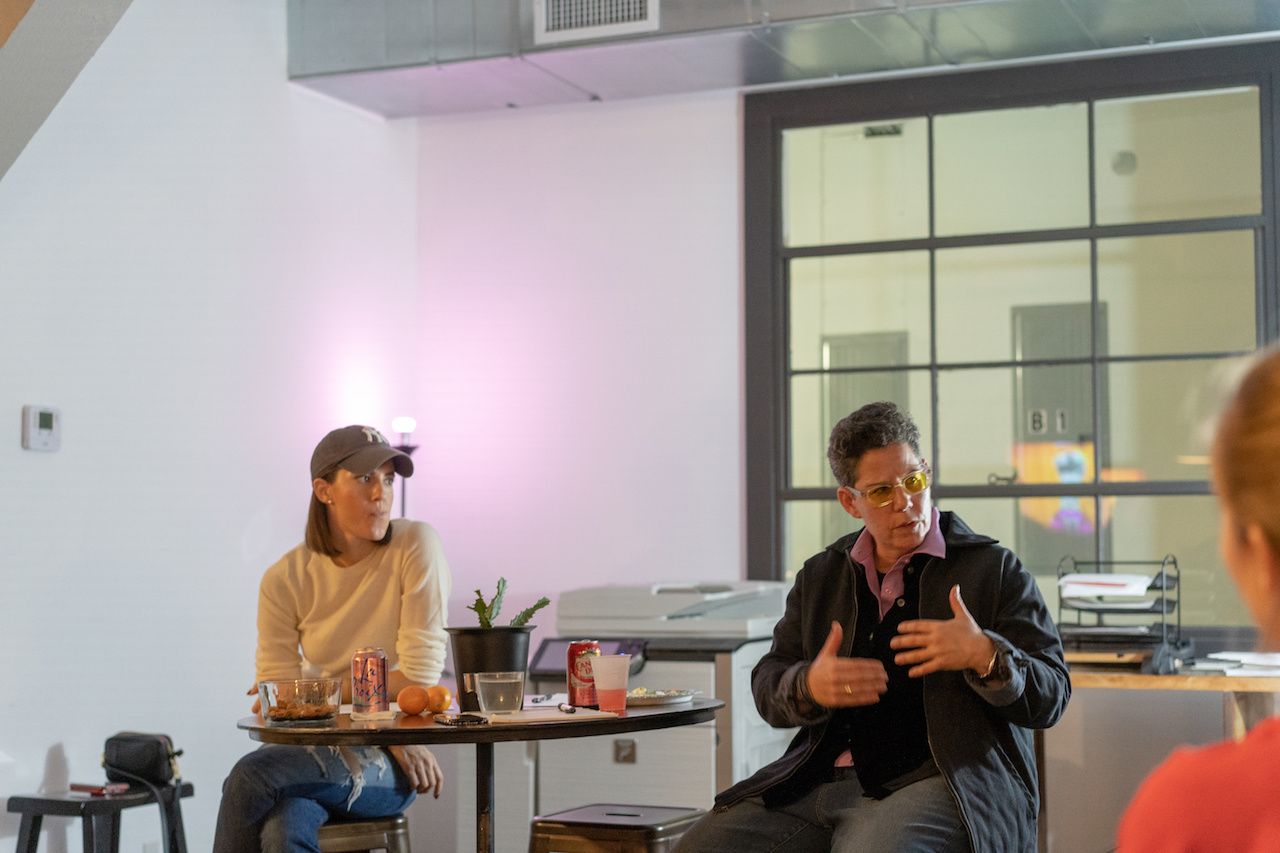Rice Business study finds that a daily routine can foster creativity in the workplace
Houston Voices
Think of a routine: your morning workout, walking the dog, making your bed. It's hard to imagine these as creative pursuits. After all, Leonardo da Vinci may have made his bed every morning, but it's probably not what inspired him to paint the Mona Lisa.
So it's no surprise that workplace analysts have long considered routines to be the antithesis of creativity. But it turns out that the relationship between the two is more complementary than previously believed. Scott Sonenshein, a management professor at Rice Business, studied just how this relationship works. What Sonenshein wanted to know was, how can an organization achieve creative outcomes through routine?
For the answer, think of da Vinci again. Certain repetitive aspects of style make his work recognizably his. It's how we can instantly see that The Last Supper, St. John the Baptist and the Mona Lisa are all the work of his hand. In that sense, they are both repeated patterns and feats of genius.
For Sonenshein, some retailers are, in a sense, the da Vincis of suburban America. Sonenshein examined data from a fast-growing retailer that operates a chain of roughly 400 clothing, jewelry, accessory and gift stores across the U.S., and was fascinated to see how it could surprise its customers each season while maintaining a brand image that makes the retailer easily identifiable. Sonenshein realized that the retailer was effectively routinizing creativity.
When he interviewed corporate managers and store employees at the retailer he calls "BoutiqueCo," a pattern emerged. Sonenshein discovered something he calls "familiar novelty" in the way the retailer designs its stores. While most stores use a rigid floor plan for the display of merchandise, BoutiqueCo instead adopts a set of flexible guidelines.
These rules of the road are explicit enough to ensure that each store is readily identifiable as a BoutiqueCo outlet. But because the display rules afford a great deal of flexibility, they allow space for creative employees to come up with their own ideas. If merchandising were a musical score, Sonenshein observed a dynamic that is less like marching band music and more like jazz. Employees are encouraged to riff off of the main themes of the chain to regularly create something unexpected.
Of course, creating novel effects doesn't come naturally to everyone. It takes a certain kind of individual to achieve it, especially in the highly visual area of merchandising. Store managers told Sonenshein that they actively look for employees who are willing to take visual risks and engage creatively while still keeping to the rules of the company road.
Finally, creativity is routinized in the stores' feedback systems. This takes place both among employees, who frequently discuss and even debate their work with each other, and in the more formal setting of managerial feedback. Managers actively encourage creativity, urging employees to put their personalities into the work of the store, to the point where brand identity and individual identity intermingle.
So what does the experience of one outlet tell us about the relationship between creativity and routines? Sonenshein suggests that there is a strong role for personalization of routine tasks in the creative workplace. When employees bring their own preferences to routine performances, it can elevate them from mundane to novel.
Of course, it's unlikely that a window dresser will create the next Mona Lisa while promoting the spring line. Genius like da Vinci's may only come along once in a millennium. But if we put a little soul into our work under the guidance of managers who allow us to riff off of the corporate sheet music, remarkable things become possible.
------
This article originally appeared on Rice Business Wisdom.
Scott Sonenshein is the Henry Gardiner Symonds Professor of Management at Jones Graduate School of Business at Rice University.










